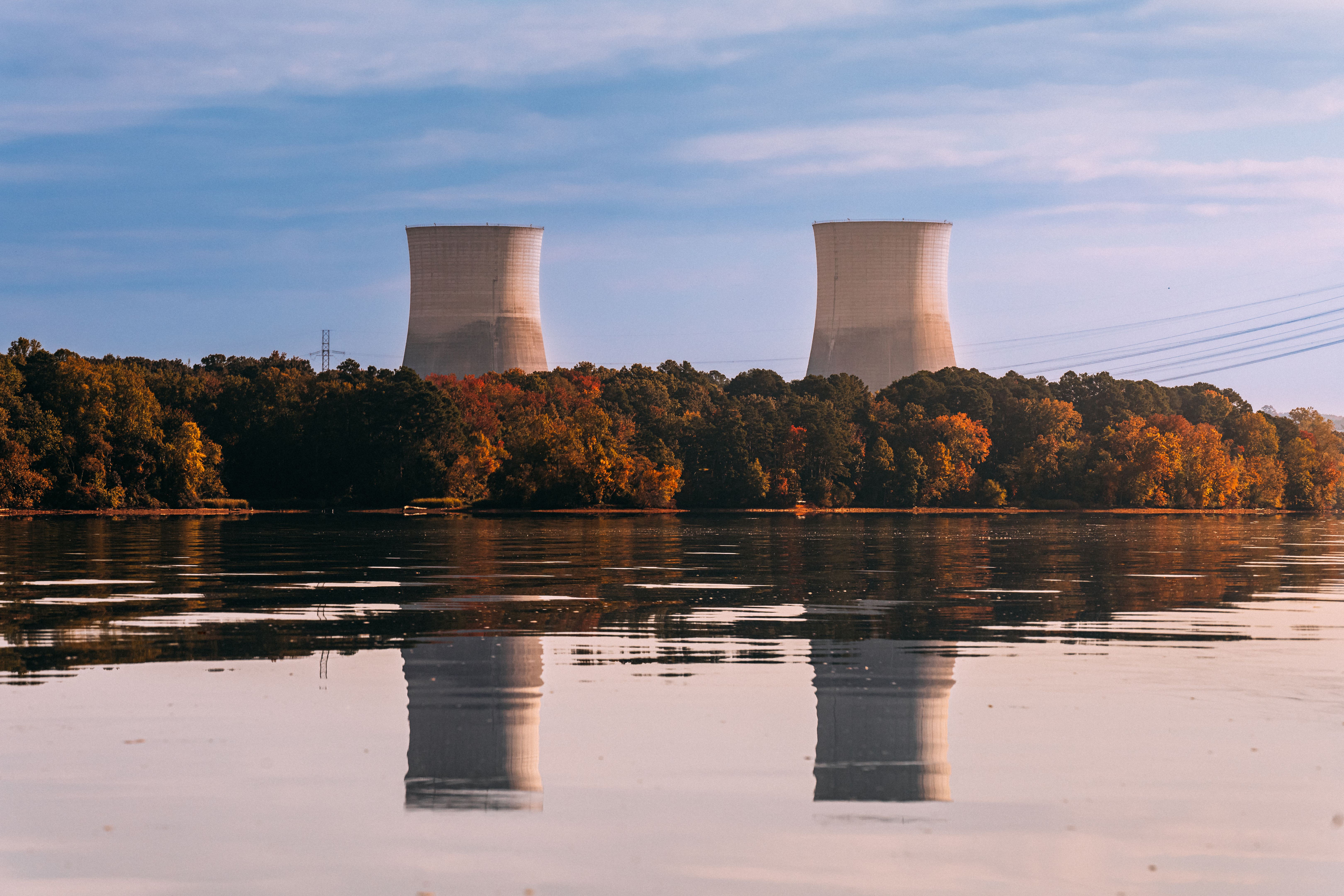The Future of Energy: Growth of the Global SMR Market
The Rise of Small Modular Reactors (SMRs)
In the quest for sustainable and efficient energy solutions, Small Modular Reactors (SMRs) are emerging as a pivotal technology. These compact nuclear reactors offer numerous advantages over traditional large-scale nuclear plants, including lower initial capital investments, enhanced safety features, and flexibility in deployment. As the world faces increasing energy demands and environmental challenges, SMRs present a promising alternative that could shape the future of energy production.

Advantages of SMRs
One of the primary benefits of SMRs is their modularity. This feature allows for easy scalability and quicker construction times compared to conventional reactors. SMRs can be manufactured in factories and transported to the site, significantly reducing construction costs and time frames. Moreover, their smaller size and lower power output make them ideal for providing energy in remote or underdeveloped areas where traditional infrastructure might be lacking.
Another significant advantage is the enhanced safety features inherent in SMR designs. Many SMRs are equipped with passive safety systems that require no active controls or operator intervention to prevent accidents, making them inherently safer than older nuclear technologies. This factor contributes to greater public confidence and regulatory approval, paving the way for broader adoption.
Global Adoption and Market Growth
The global SMR market is poised for substantial growth as countries worldwide recognize the potential of this technology to meet their energy needs sustainably. According to industry reports, the SMR market is expected to witness a compound annual growth rate (CAGR) of over 10% in the coming decades.
Several countries, including the United States, Canada, and the United Kingdom, are already investing heavily in SMR development. These nations are focusing on creating policies and funding mechanisms to facilitate the transition to cleaner energy sources. As more countries join this movement, international collaboration is likely to accelerate technological advancements and drive down costs.
Challenges and Considerations
Despite their potential, the deployment of SMRs faces several challenges. Regulatory hurdles remain a significant barrier, as existing nuclear regulations are often geared towards larger reactors. Adapting these frameworks to accommodate SMRs requires time and collaboration between governments and industry stakeholders.
Additionally, public perception of nuclear energy continues to be a concern. Educating the public about the safety and environmental benefits of SMRs is crucial for gaining widespread acceptance. Transparency in operations and clear communication about safety measures can help mitigate public apprehensions.

The Future Outlook
The future of SMRs looks promising as more countries acknowledge their potential to contribute to a low-carbon energy future. With advances in technology and increasing government support, SMRs could soon become a staple in global energy portfolios. Their ability to complement renewable energy sources by providing stable baseload power makes them a valuable component of integrated energy systems.
In conclusion, Small Modular Reactors have the potential to revolutionize the global energy landscape. By addressing current challenges and leveraging their unique advantages, SMRs can play a crucial role in meeting the world's growing energy demands sustainably and safely. As research and development continue, the future of energy may very well be defined by these innovative reactors.
Stay Ahead of the Market with GreatWhale.org Crypto News!
https://greatwhale.org/blog
